1 narudžba = 1 stablo
Vjerujemo u moć sadnje stabala
Stabla su sastavni dio našeg planeta - ne samo da nas oduševljavaju svojom ljepotom i raznolikošću, već pomažu u borbi protiv klimatskih promjena, poboljšavaju kvalitetu zraka i stvaraju održiviju budućnost.
Sadnja stabala u Hrvatskoj: CO2MPENSATING BY PLANTING
Kako bismo pridonijeli zelenijoj i održivijoj budućnosti, sudjelujemo u inicijativi za okoliš - CO2MPENSATING BY PLANTING - prvi regionalni program u Hrvatskoj usmjeren na kompenzaciju ugljičnog otiska kroz sadnju stabala.
Uz naš doprinos ovoj inicijativi, u 2025. godini bit će posađeno 4 500 novih sadnica.
Lokaciju stabala koja smo posadili možete pronaći ovdje.
„Trees for the Future“: sadnja stabala, mijenjanje života
Ponosni smo što surađujemo s inicijativom „Trees for the Future“, kako bismo potaknuli značajne promjene za naš planet i zajednice u pet zemalja u regiji subsaharske Afrike.
Misija„Trees for the Future“ inicijativa osnovana je s misijom zaustavljanja gladi, smanjenja siromaštva i minimiziranja štetnog utjecaja na okoliš. Organizacija prioritizira regenerativnu poljoprivredu i pošumljavanje kroz inovativnu „Forest Garden“ metodu koja se temelji na sljedećim principima:
Zaštita. Poljoprivrednici sade 2,500 brzorastućih stabala oko svojih posjeda kako bi kreirali živu ogradu koja štiti usjeve i poboljšava zdravlje tla.
Raznolikost. Uzgojem različitih vrsta povrća, voćaka i drugih biljaka, poljoprivrednici osiguravaju stabilnije prihode i prehrambenu sigurnost.
Optimizacija. Iskorištavanjem prostora na svojim posjedima, poljoprivrednici poboljšavaju opskrbu vodom, povećavaju plodnost tla i stvaraju prilike za nove poljoprivredne poslove.
Od svog osnutka, organizacija je pomogla zasaditi stotine milijuna stabala i obnoviti više od 400 km² zemljišta, transformirajući krajolik i kvalitetu života brojnih obitelji.
Naš doprinos „Forest Garden“ metodi omogućio je sadnju više od 198 000 stabala. Svakog kvartala organizaciji dostavljamo izvješća o uspješno realiziranim narudžbama, čime osiguravamo transparentnost i garantiramo sadnju odgovarajućeg broja stabala.

Uz Vašu pomoć financirali smo sadnju preko 198 000 stabala
U 2024. godini, „Forest Garden“ metoda prepoznata je kao jedna od vodećih primjera obnove velikih ekosustava na globalnoj razini. Organizacija kontinuirano postavlja nove ciljeve - do 2030. godine, „Trees for the Future“ planira posaditi milijardu stabala. Za više informacija pogledajte ovdje.


Kako biste saznali više o godišnjem radu, napretku i utjecaju programa „Trees for the Future“, pogledajte njihovo godišnje izvješće o učinku ovdje.
